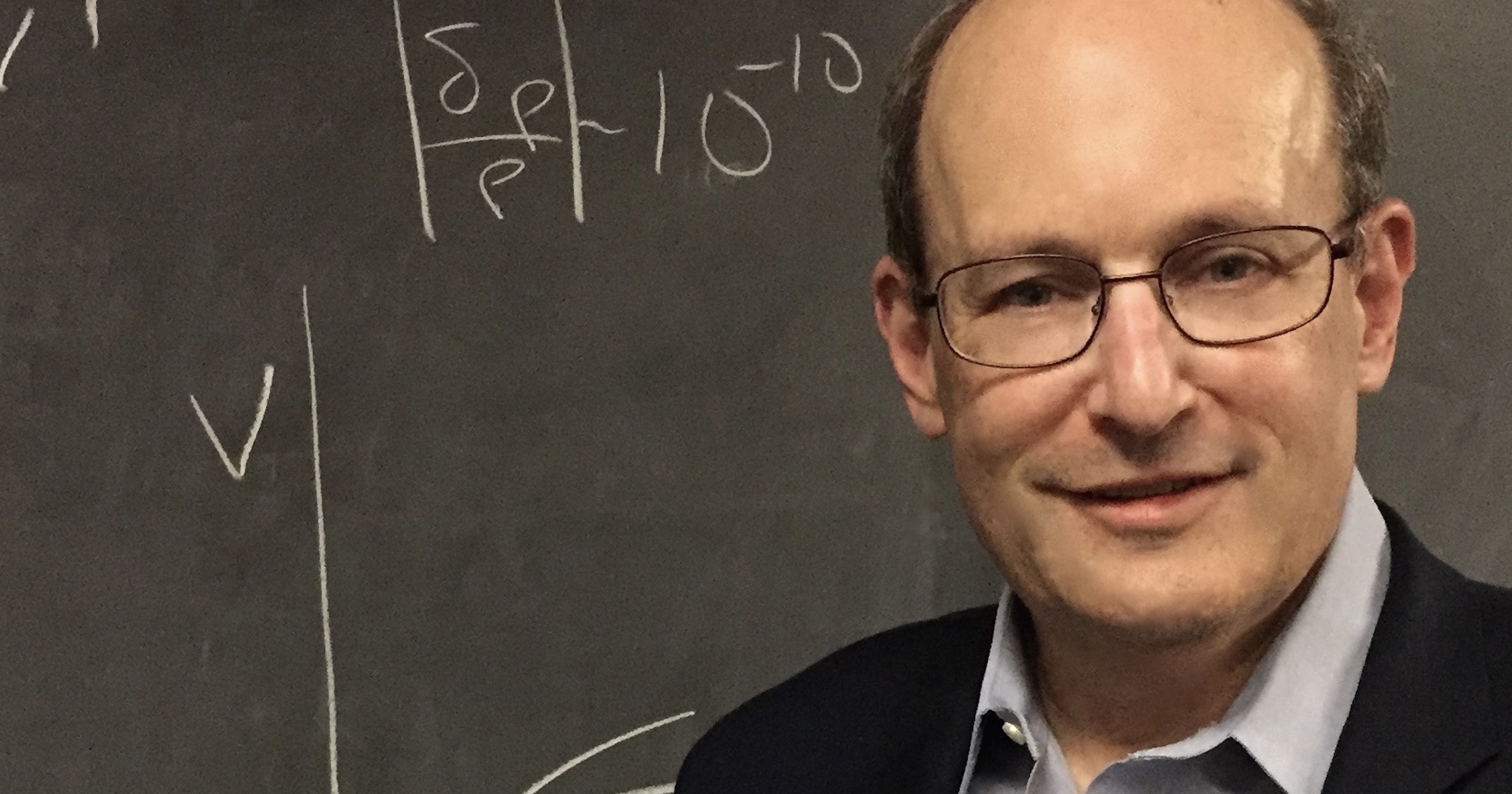 Faith & Science
Faith & Science
 Physics, Earth & Space
Physics, Earth & Space
Paul Steinhardt’s Cyclical Cosmology Fails to Challenge a Cosmic Beginning

In an article yesterday, I explained the failure of Roger Penrose’s cosmological model to challenge the conclusion of the universe having a beginning, as highlighted in Stephen Meyer’s Return of the God Hypothesis. Now I will describe and critique the cyclical cosmological model crafted by Paul Steinhardt and Anna Ijjas. Their model also rests upon highly questionable assumptions — such that it also fails to overcome the evidence for the cosmic beginning.
Steinhardt is one of the cosmologists who developed inflationary theory. He later rejected the framework due to reasons he, Ijjas, and physicist Abraham Loeb detailed in their article “Pop Goes the Universe.” To summarize, the simplest inflationary models failed in all their central predictions. And later models became so arcane and flexible that they lost all explanatory power.
Steinhardt and Ijjas’s Model
Steinhardt and Ijjas developed a cyclical model as a replacement. It assumes that the universe expands eternally through a continuous series of cycles. Each cycle includes an expansion phase, a contraction phase, and then a bounce that transitions the universe from contraction back to expansion. The universe transitions from expansion to contraction through an unknown mechanism such as the tension in a higher-dimensional brane in which our universe is hypothetically embedded. The bounce results from another mechanism such as two branes colliding. The bounce occurs long before the universe contracts back to its original volume after the previous bounce, so the volume of the universe expands dramatically each cycle (see figure).
The model is constructed to ensure each cycle resets in the visible universe the entropy, homogeneity, and isotropy. The reset results from a postulated field permeating space with very specific properties. The bounce alters the value of the field, causing the universe to briefly expand very rapidly as with traditional inflationary models. The universe exits inflation, and the energy from the field converts to normal matter and energy in a process termed reheating. The universe then expands according to the standard Big Bang model.
The contraction phase is much slower than the inflation phase. This difference results in a very small volume of space in one cycle becoming the entire visible universe in the next cycle. The small initial volume does not likely contain black holes where most of the entropy is contained. Consequently, each cycle begins in a low entropy state since the black holes reside outside of the new visible universe.
The Assumptions
The model rests upon several novel mechanisms. Journalist Charlie Wood in his Quanta Magazine article “Big Bounce Simulations Challenge the Big Bang” comments:
The collaboration will next flesh out the bounce itself — a more complex stage that requires novel interactions to push everything apart again. Ijjas already has one bounce theory that upgrades general relativity with a new interaction between matter and space-time, and she suspects that other mechanisms exist too.
Steinhardt further describes the underlying physics in “The Endless Universe: A Brief Introduction”:
The ingredients are familiar, but the interactions between the fields is very complicated to describe. Alternatively, we can adopt less familiar ingredients from superstring theory, such as branes, and extra dimensions to describe the model… The model must introduce a mechanism for making the universe homogeneous, isotropic and flat, and for creating a nearly scale-invariant spectrum of density perturbations.
The model must also assume the following:
- A field with a potential energy density of the required mathematical form.
- A mechanism that alters the field’s energy density at the right time in the right manner to transition the universe from expanding to contracting.
- The field’s energy dynamics must ensure the contraction stage proceeds sufficiently slowly to allow for smoothing of the universe.
- A mechanism that initiates the bounce between contraction and expansion.
- The field properly couples with normal matter and energy fields to allow for reheating.
- A universe that is infinitely large in the infinite past with an infinite amount of energy.
To Avoid a Beginning
The last assumption is required since the postulated universe is on average expanding, so the Borde-Guth-Vilenkin theorem applies to it. As with Penrose’s model, the only way to avoid a beginning is to assume the infinities. This assumption is also required to address the continuous increase in entropy. Steinhardt and Ijjas comment in “Entropy, black holes, and the new cyclic universe”:
…in the limit of an infinite universe, there are an unbounded reservoir of energy and an infinite volume to accommodate the increasing entropy and increasing number of black holes. Hence, there is no obvious entropic roadblock.
As with Penrose’s model, Steinhardt and Ijjas’s model faces the philosophical problems of an infinite universe, and it must rely on a large number of questionable assumptions. Their effort to construct a model to explain the universe is perfectly reasonable, so I have no criticism of their sincerity or their competence. Yet the conclusion that the universe had a beginning is far more parsimonious and consistent with the evidence. The main reason for the resistance against it from many in the scientific community is its philosophical and theological implications.
